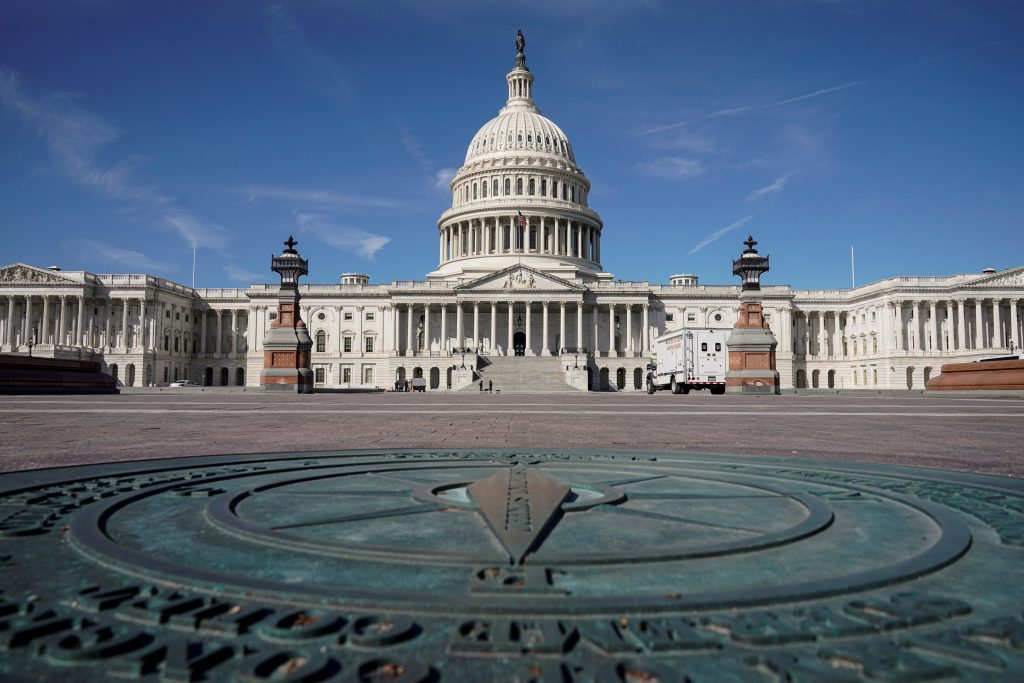78th Anniversary of D-Day
By Matis Glenn

Young men, many of whom had never left their hometowns, suddenly found themselves wading through the waters off the coast of Normandy, in Nazi-occupied France, on a mission to fight the greatest evil that had extended its tentacles throughout the scorched continent of Europe.
They were trained, but no amount of preparation can make parachuting out of airplanes into enemy territory easy.
Three divisions of American soldiers were joined with two British, one Canadian, and small numbers of fighters from other Allied countries. Soldiers marched into the belly of the beast, in chest-deep waters, weighed down by up to 90 pounds of ammunition and equipment. As they came to shore, they faced blazing German machine guns, as well as artillery and mortar fire.
The day was June 6, 1944. The sea of soldiers dotting five Normandy beaches — 160,000 men, 5,000 vessels and 11,000 aircraft — remains the largest invasion in world history.
In the opening minutes of the ensuing fight, by one estimate, 90 percent of the frontline men in some companies were killed or wounded. After several hours, casualties mounted into the thousands. At the end of D-Day, an estimated 4,000-9,000 Allied troops had died. But not all of them were struck down by the enemy; despite months of planning, there were some unforeseen issues with large waves flooding troops before they could land, as well as amphibious tanks landing too far from shore and sinking.

The Germans knew that the Allies would attack; they had intercepted coded messages. But Field Marshal Erwin Rommel believed that the weather on D-Day was too rough for the Allies to launch their invasion.
Normandy was chosen as the beginning of the Allies’ march against the Nazis because of its strategic placement in granting access to mainland France, as well as being close to England, from where the Allies began their attack. If successful, the Allies would have a clear channel from England to France. It was also the less obvious of choices for attack, as Pas de Calais was closer and would have been strategically preferable. Normandy was thus less defended, giving the Allies the element of surprise.
June 6 this year marked 78 years since the Allies began “Operation Overlord” with D-Day, which lasted 2 months, 3 weeks and 3 days. Future president, then-general Dwight D. Eisenhower led the charge into enemy territory. Many theories abound as to what the D stands for, but according to the U.S. Army, the D simply means “Day”, and is used whenever a major military operation is commenced.
Prior to D-Day, the British and the Soviets were running the offensive in Europe; millions of soldiers had died at this point, and a second front was sorely needed to stop the Germans.
The Allies’ successful, albeit costly, invasion of Nazi-occupied Europe spelled the beginning of the end of the Third Reich, though many more difficult and bloody battles would be fought before the Germans finally surrendered nearly a year later, on May 7, 1945.
We owe an everlasting debt of gratitude to those who fought, were wounded or died to ensure a free world.
mglenn@hamodia.com
To Read The Full Story
Are you already a subscriber?
Click "Sign In" to log in!

Become a Web Subscriber
Click “Subscribe” below to begin the process of becoming a new subscriber.

Become a Print + Web Subscriber
Click “Subscribe” below to begin the process of becoming a new subscriber.

Renew Print + Web Subscription
Click “Renew Subscription” below to begin the process of renewing your subscription.





